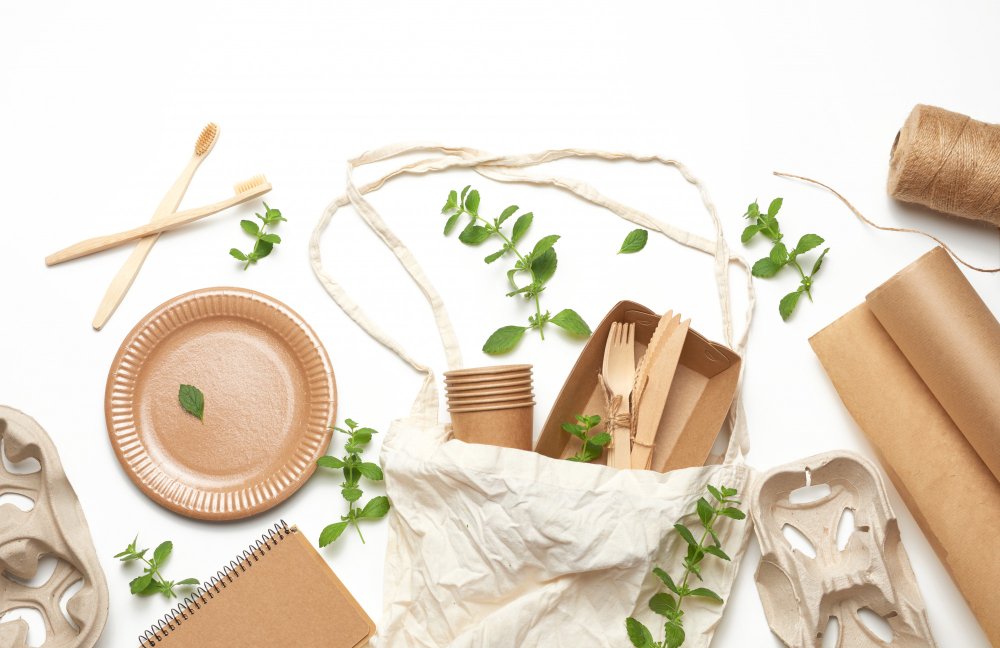When you pick up a product from a store shelf, you probably don’t think much about the layers of packaging it’s wrapped in. But behind the scenes, packaging is a lot more than just a bag or a box. It’s about protection, storage, branding, and increasingly, sustainability.
Understanding the levels of packaging can help both businesses and consumers see where eco-friendly changes matter the most. And with the shift toward sustainable packaging, those changes are more important than ever.
So, let’s break it down—what really goes into packaging, and how can we make it greener?
What are the Levels of Packaging
The world of packaging is typically divided into three layers: primary, secondary, and tertiary. Each plays a role in keeping products safe and easy to transport, but they also come with environmental costs. Let’s look at them one by one.
Primary Packaging – The First Layer You Touch
Primary packaging is what you hold in your hands as a consumer—the milk pouch, the grocery bag, or the wrapper on a loaf of bread. Its main job is to protect the product and keep it fresh.
This level is also where businesses can make the biggest sustainable impact. Imagine swapping single-use plastic grocery bags for biodegradable carry bags, or using compostable garbage bags in place of traditional ones. Small changes here create huge results, because this is the packaging people deal with daily—and it often ends up in the waste stream right after use.
Secondary Packaging – Grouping Things Together
Secondary packaging is all about bundling. Think of a cardboard box holding several packets of biscuits or a carton that stores multiple pouches of milk. It’s not always glamorous, but it helps with branding and logistics.
The downside? It’s usually discarded pretty quickly. That’s why switching to sustainable packaging materials like recycled cardboard or compostable wraps makes such a difference here. Less waste, less guilt, same function.
Tertiary Packaging – Bulk Protection
Finally, we have tertiary packaging, which is used for bulk handling and transportation. Pallets, crates, and shrink wrap fall into this category. Consumers rarely see it, but the amount of material used at this stage is enormous.
Here, the focus should be on reusability and recyclability. For example, reusable crates can replace disposable ones, and compostable films are beginning to replace the plastic wraps used for large shipments. This might feel “behind the scenes,” but it’s a crucial step toward sustainable packaging.
Why the Levels of Packaging Matter
You might be wondering: why does all this matter? The truth is, the levels of packaging are a roadmap for change. They show us where we can swap out harmful materials for greener ones, where we can cut excess, and where we can rethink the entire system.
At the primary level, compostable or biodegradable products directly cut down on plastic waste. At the secondary level, recycled and compostable materials reduce unnecessary layers. And at the tertiary level, reusables and recyclable options can drastically shrink the environmental footprint of shipping and storage.
The Power of Sustainable Packaging Materials
Traditional plastics stay in the environment for decades, sometimes centuries. In contrast, sustainable packaging materials—like plant-based films, compostable bags, or recycled paper—are designed to safely return to the earth or re-enter the production cycle.
Some real-world examples include:
- Compostable garbage bags for everyday waste management.
- Biodegradable carry bags for retail and groceries.
- Eco-friendly food wraps or liners used in kitchens and bakeries.
These options aren’t just eco-friendly—they’re practical and increasingly preferred by consumers who want their purchases to align with their values.
How Businesses Can Start Making Changes
Switching to sustainable packaging doesn’t have to be overwhelming. Here are some steps any business can take:
- Look at your current packaging – Where are the non-recyclable or unnecessary layers?
- Start small – Replace plastic grocery bags or wrappers with compostable alternatives first.
- Educate your customers – Tell them how to reuse, recycle, or compost your packaging.
- Think circular – Aim for packaging that can go back into the cycle rather than ending up in landfills.
Final Thoughts
The levels of packaging—primary, secondary, and tertiary—aren’t just about logistics. They’re about choices. And today, those choices matter more than ever.
By embracing sustainable packaging materials at every level, businesses can reduce their footprint, meet customer expectations, and play a real role in protecting the planet.
At the end of the day, packaging isn’t just about holding a product. It’s about shaping the kind of world we want to live in—and leave behind.


